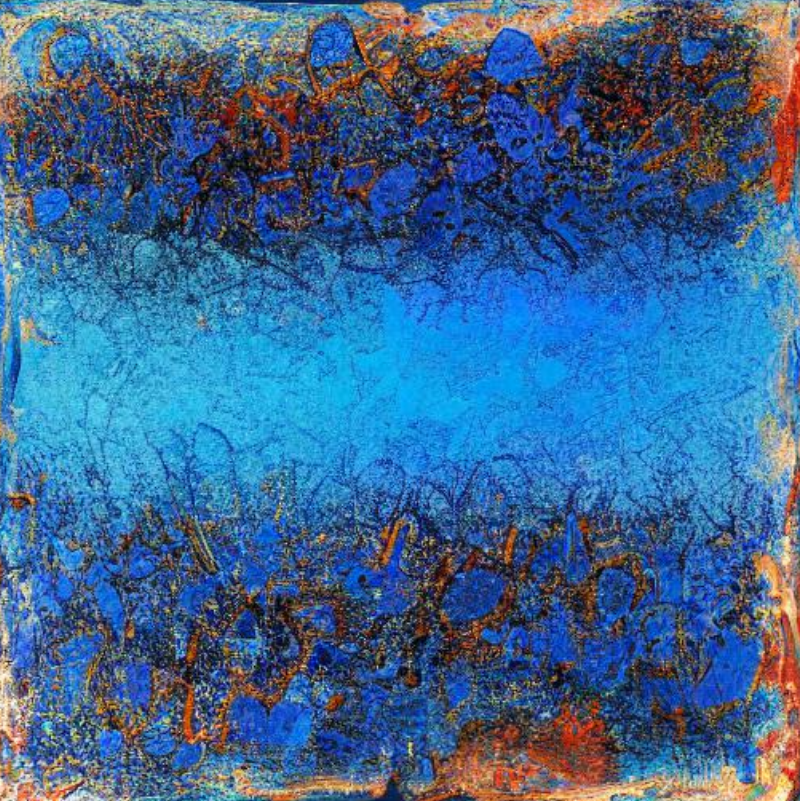
The history of oil colors can be traced back to the 15th century, when artists in Northern Europe began experimenting with the medium. The earliest known oil painting is believed to be “The Annunciation,” created by Jan van Eyck in 1434. This groundbreaking work was created using a technique known as “oil glazing,” in which thin layers of oil paint were applied over a dry underpainting.
Oil painting quickly spread throughout Europe, with artists such as Titian, Rubens, and Rembrandt becoming known for their masterful use of the medium. During the 17th century, the Dutch Golden Age, oil painting reached its peak, with artists such as Jan Vermeer and Frans Hals creating some of the most iconic works in the medium.
One of the reasons oil painting became so popular was the range of colors and textures that could be achieved with the medium. Pigments such as ultramarine and vermilion, which were very expensive in other mediums, could be made into oil paint at a much lower cost. This, along with the slow-drying time of the paint, allowed artists to blend and layer colors, creating a sense of depth and realism that was not possible with other mediums.
As the popularity of oil painting grew, so did the techniques used to create the paintings. Artists began to experiment with new tools and techniques such as impasto, in which thick layers of paint were applied to create a 3-dimensional effect, and tenebrism, which involved the use of dark, dramatic shadows.
In the 19th century, the invention of the paint tube made oil painting even more accessible, allowing artists to take their paints with them on outdoor excursions. The impressionist movement, which began in the late 19th century, also had a significant impact on oil painting, with artists such as Monet, Degas, and Renoir using the medium to create some of the most iconic works of the era.
Oil painting remains a popular medium among artists of all levels. The history of oil colors is a rich and diverse one, with the medium playing a vital role in the development of art throughout the centuries. From the earliest works of Jan van Eyck to the Impressionist masterpieces of Monet, oil painting has left a lasting impact on the art world and continues to inspire artists today.